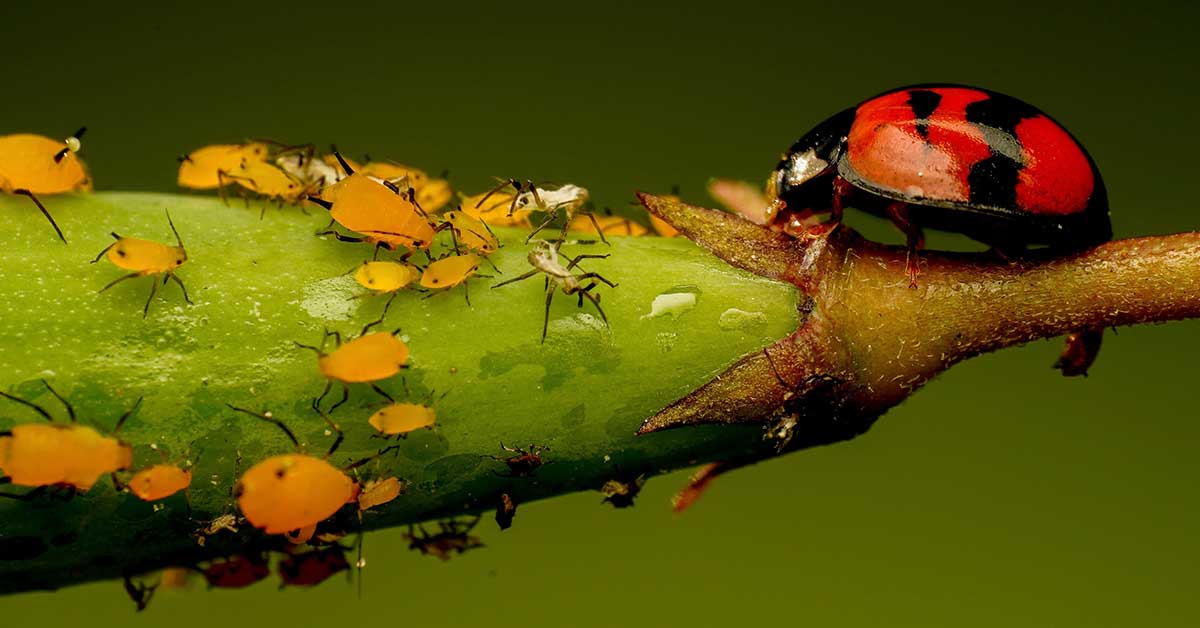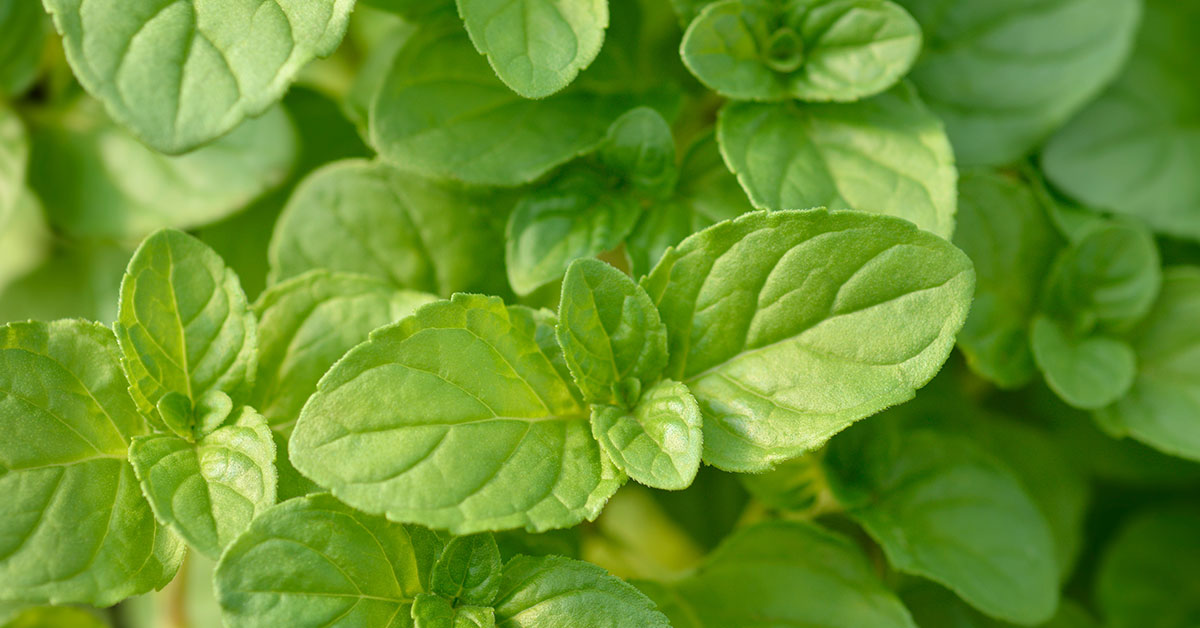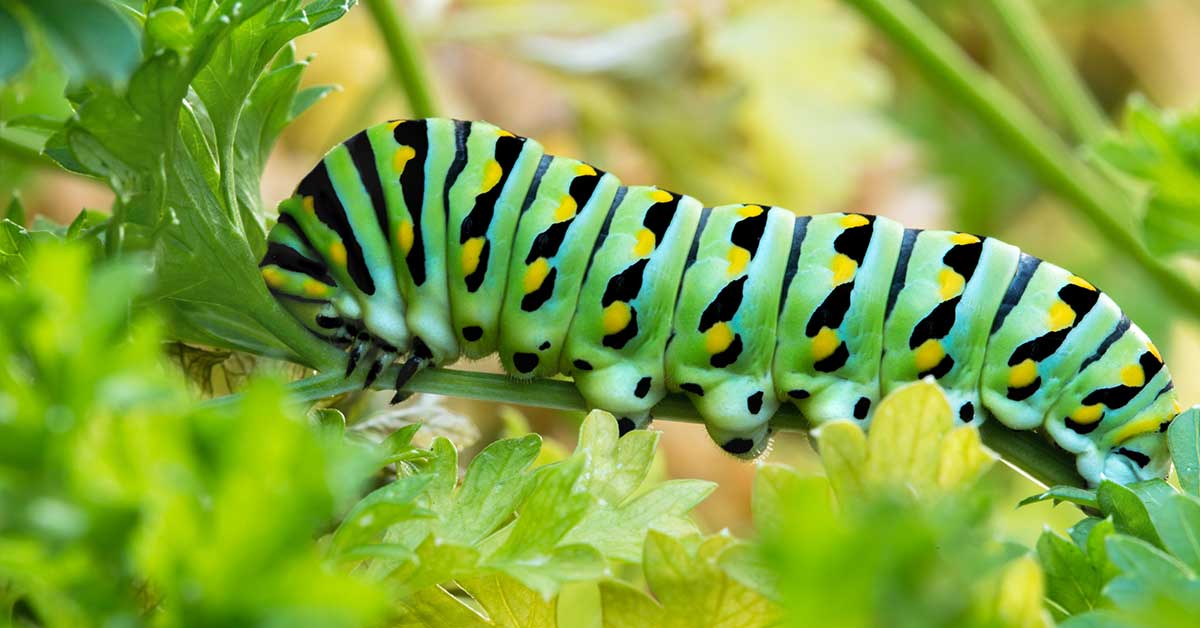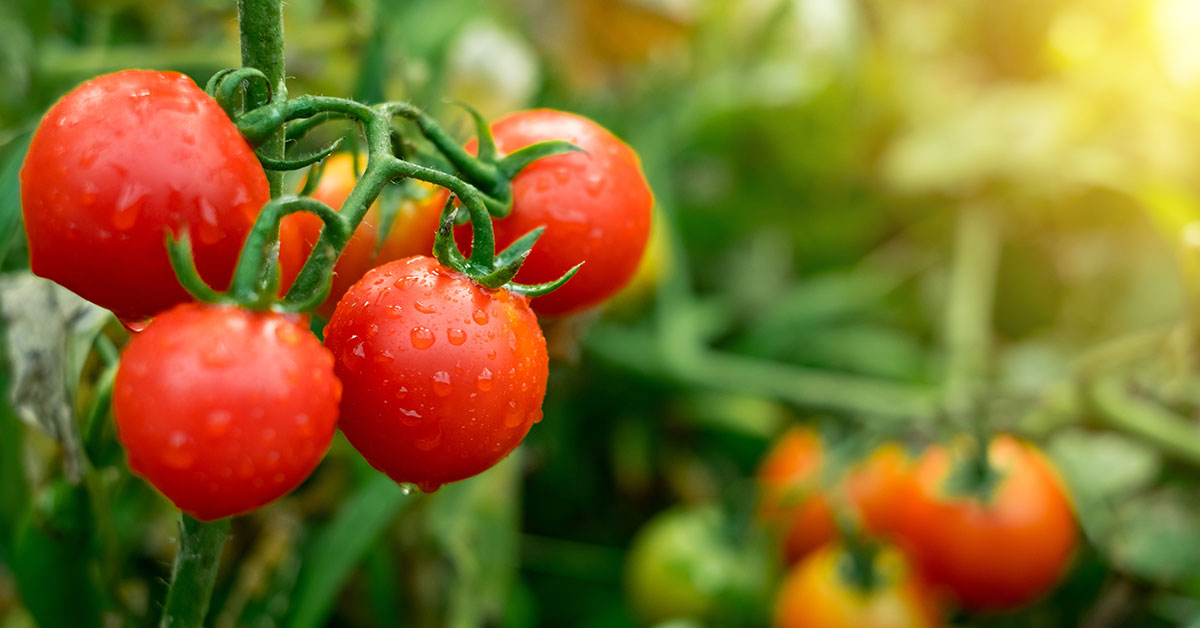Birdwatching is one of the most delightful activities you can enjoy right from your backyard! Attracting wild birds to your property not only enhances the beauty of your garden but also helps in controlling pests and promoting biodiversity. Creating a bird-friendly environment can be a rewarding and enjoyable project for any gardener.
In this article, I’m thrilled to share ten practical tips to attract wild birds to your property and keep them coming back. These tips cover everything from providing food and water to creating safe habitats. Let’s dive into these strategies and transform your garden into a bird haven!
Plant Native Trees and Shrubs
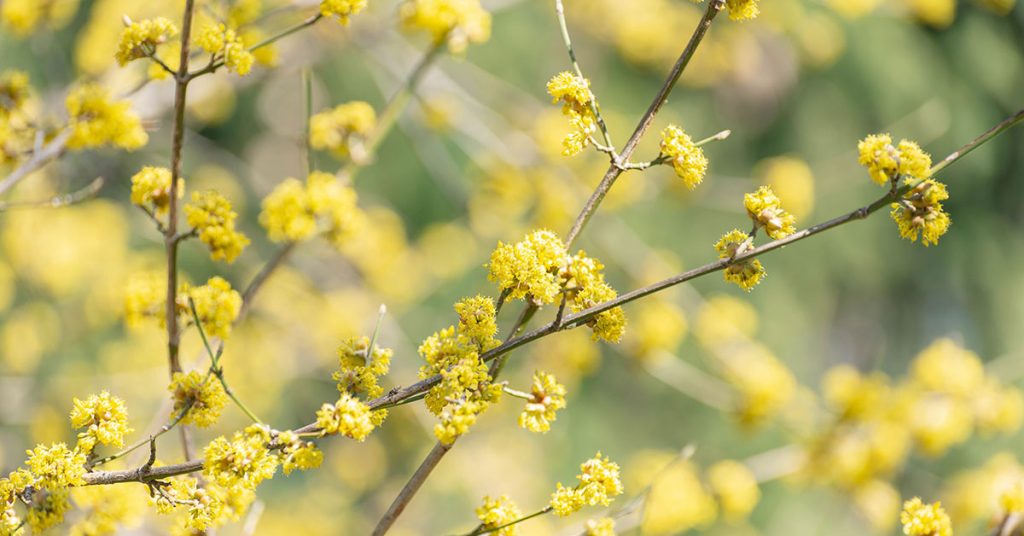
One of the best ways to attract wild birds is to plant native trees and shrubs. These plants provide natural food sources like berries, seeds, and insects, which are essential for many bird species. Native plants also offer nesting sites and shelter, making your property more inviting to birds.
Choose a variety of native plants that bloom and fruit at different times of the year to ensure a continuous food supply. For example, serviceberry, dogwood, and elderberry are excellent choices. Planting these trees and shrubs in clusters can create a mini-ecosystem that supports a diverse range of bird species. Plus, native plants are adapted to your local climate and soil, making them easier to care for!
Provide Fresh Water Sources
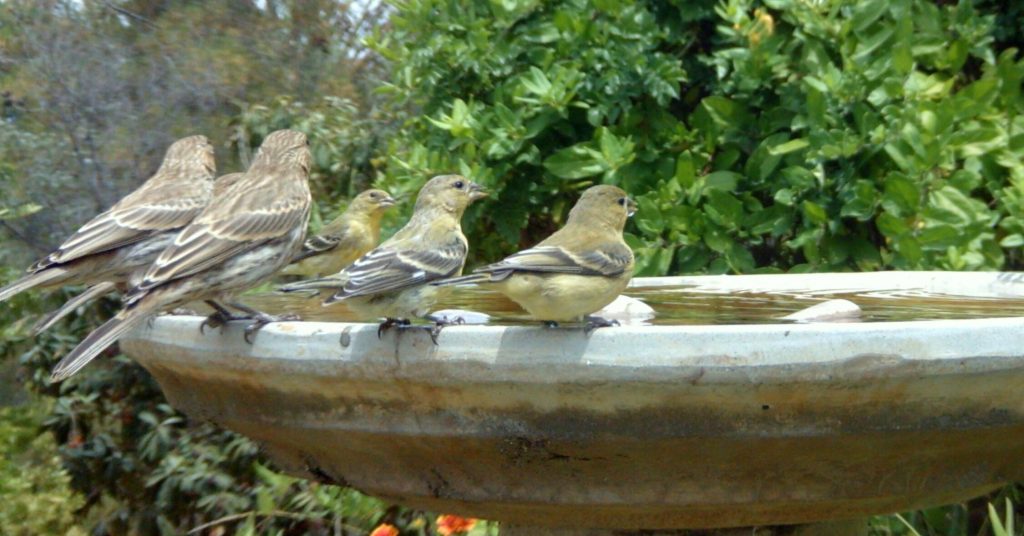
Birds need fresh water for drinking and bathing, so providing a reliable water source is crucial. Install a birdbath or a shallow water dish in your garden. Make sure to change the water regularly to keep it clean and free from algae. Adding a small fountain or dripper can keep the water moving and attract more birds, as they are drawn to the sound of running water.
In colder climates, consider investing in a heated birdbath to prevent the water from freezing in winter. Place the birdbath in a safe location, away from potential predators, and near some shrubs or trees where birds can perch and preen after bathing. Providing fresh water year-round will keep birds coming back to your property!
Install Bird Feeders
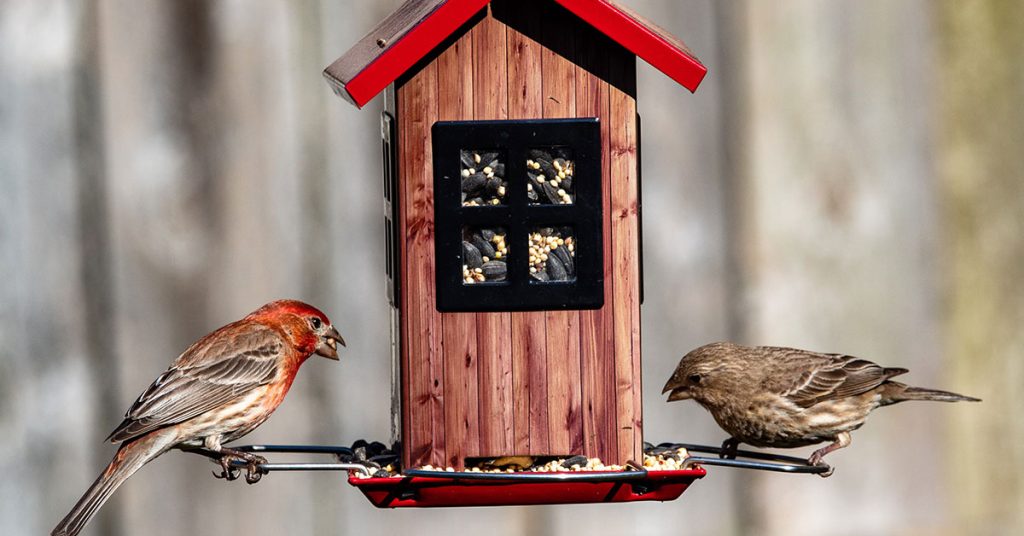
Bird feeders are an excellent way to attract a variety of bird species to your garden. Choose feeders that accommodate different types of seeds, such as sunflower seeds, millet, and nyjer. Suet feeders are great for attracting woodpeckers and other insect-eating birds. Place the feeders in locations that are easily visible but safe from predators.
Clean the feeders regularly to prevent the spread of diseases and replenish the food as needed. Offering a mix of seeds will attract a diverse group of birds, providing you with hours of birdwatching enjoyment. Watching birds flock to your feeders can be a delightful and rewarding experience!
Plant Flowering Plants for Nectar

If you want to attract hummingbirds and other nectar-loving birds, planting flowering plants is the way to go. Flowers like bee balm, salvia, and trumpet vine produce abundant nectar that will draw these beautiful birds to your garden. Choose a variety of plants that bloom at different times to ensure a steady supply of nectar throughout the season.
Place these flowering plants in sunny spots and group them together to create a visually appealing display. Hummingbirds are particularly attracted to red and orange flowers, so incorporating these colors can enhance your chances of attracting them. Adding flowering plants not only attracts birds but also adds vibrant color to your garden!
Create Birdhouses and Nesting Sites
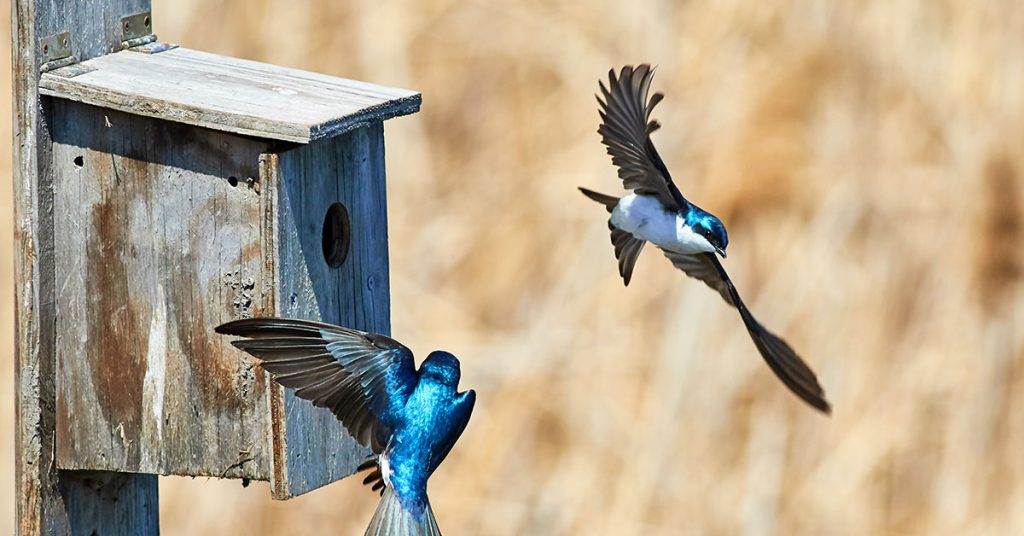
Providing birdhouses and nesting sites can encourage birds to stay and raise their young on your property. Different bird species have different nesting requirements, so offer a variety of birdhouses to cater to their needs. For example, bluebirds prefer houses with small entrance holes, while owls need larger cavities.
Install birdhouses in safe locations, away from predators and harsh weather conditions. Ensure the houses are sturdy and easy to clean. In addition to birdhouses, leave some natural areas with dense shrubs and trees for birds that prefer to build their nests in natural habitats. Creating safe nesting sites will help keep birds on your property throughout the breeding season!
Avoid Using Pesticides
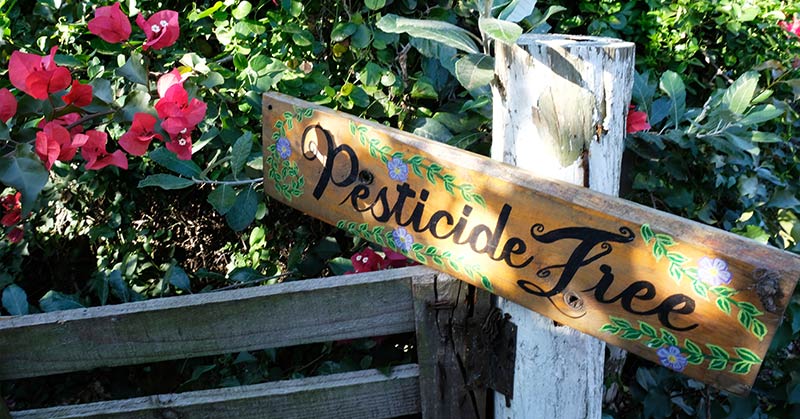
Using pesticides can harm birds by reducing their food sources and exposing them to toxic chemicals. Instead, opt for natural pest control methods to keep your garden healthy. Encourage beneficial insects and birds that prey on pests by planting a variety of plants and creating a balanced ecosystem.
For example, ladybugs and birds like chickadees and wrens feed on aphids and other garden pests. By avoiding pesticides and promoting natural pest control, you create a safer environment for birds and support a healthier garden. It’s a win-win for both your garden and the birds!
Provide Shelter and Roosting Spots
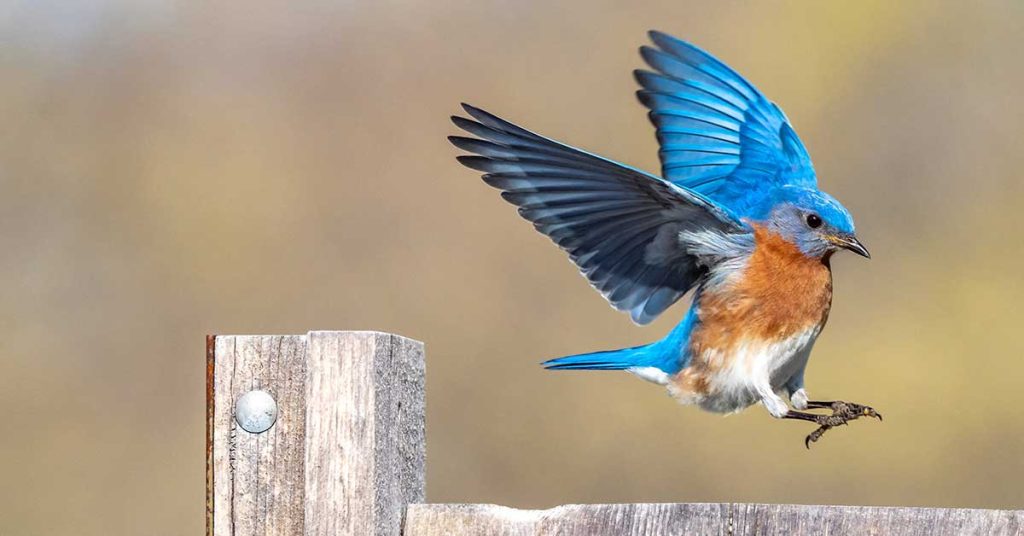
Birds need shelter and roosting spots to rest and escape from predators. Planting dense shrubs, trees, and tall grasses can provide natural cover for birds. Evergreen trees and shrubs are particularly valuable as they offer year-round protection.
In addition to natural shelter, consider adding brush piles or log piles to create additional hiding spots. These structures can also attract insects, providing a food source for birds. Providing ample shelter and roosting spots will make your garden a more inviting and safe haven for birds.
Use Bird-Friendly Landscaping
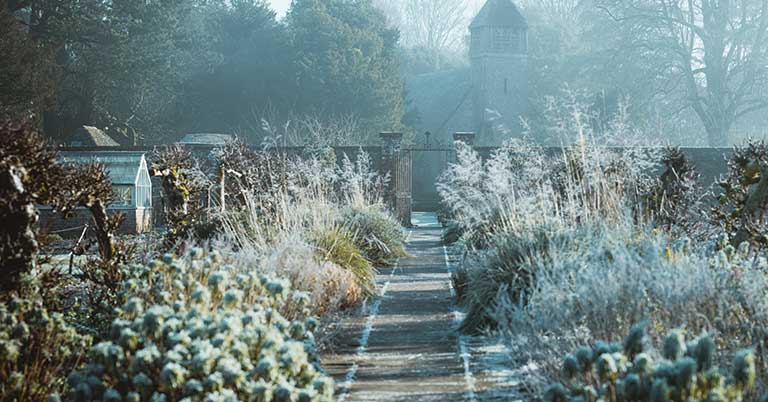
Design your garden with birds in mind by using bird-friendly landscaping techniques. Create layers of vegetation with different heights, including ground covers, shrubs, and trees. This mimics natural habitats and provides birds with a variety of feeding and nesting opportunities.
Incorporate native plants, water features, and natural elements like rocks and logs to enhance the habitat. Avoid large expanses of lawn, which offer little food or shelter for birds. Instead, opt for diverse plantings that create a rich and varied environment. Bird-friendly landscaping transforms your garden into a thriving ecosystem that supports birdlife!
Install & Lave Cavities For Nesting Sites
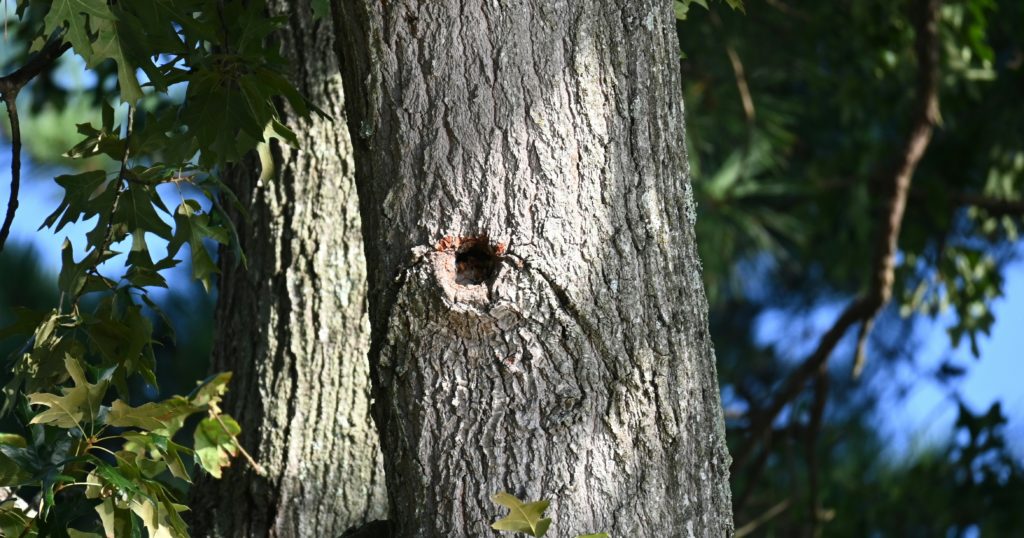
Cavity-nesting birds, such as bluebirds, chickadees, and woodpeckers, require specific nesting sites. Installing nesting boxes can provide these birds with safe places to raise their young. Choose boxes that are appropriate for the species you want to attract and place them at the correct height and location.
Ensure the nesting boxes have proper ventilation and drainage, and clean them out at the end of each breeding season. By providing suitable nesting sites, you encourage cavity-nesting birds to make your garden their home. Watching these birds raise their young is a truly rewarding experience!
Offer Supplemental Food in Winter
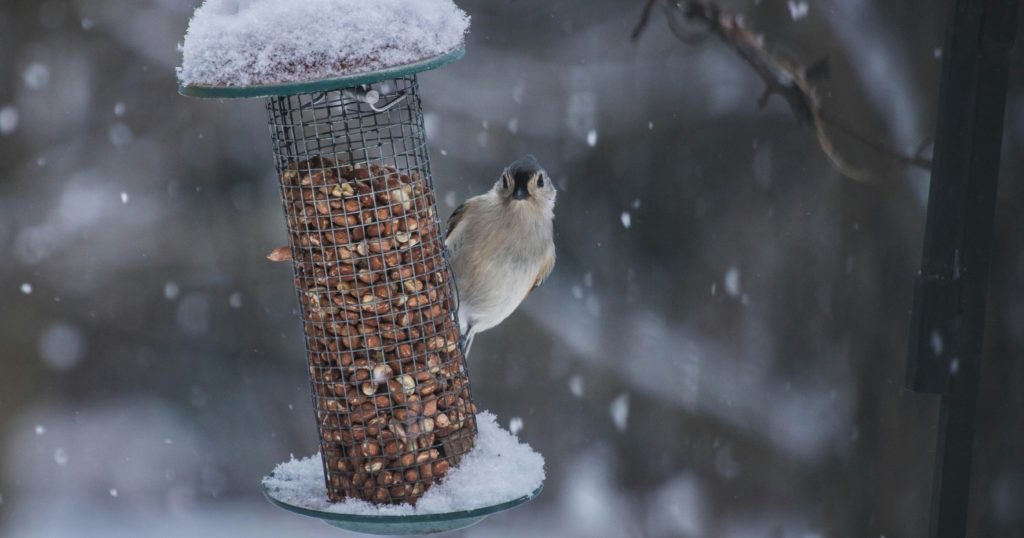
Winter can be a challenging time for birds, with food sources scarce and temperatures dropping. Offering supplemental food during this season can help attract and support birds. Provide high-energy foods like suet, peanuts, and sunflower seeds to give birds the extra nutrition they need to survive the cold months.
Place feeders in sheltered locations to protect them from harsh weather, and keep the feeders stocked and clean. Offering food in winter not only helps birds survive but also keeps your garden lively and full of activity. You’ll enjoy watching the birds flock to your feeders even in the coldest weather!
By implementing these practical tips, you can attract a variety of wild birds to your property and create a welcoming habitat that encourages them to stay. Whether you’re an avid birdwatcher or simply enjoy the beauty of nature, enhancing your garden to support birdlife is a rewarding and enjoyable endeavor.







